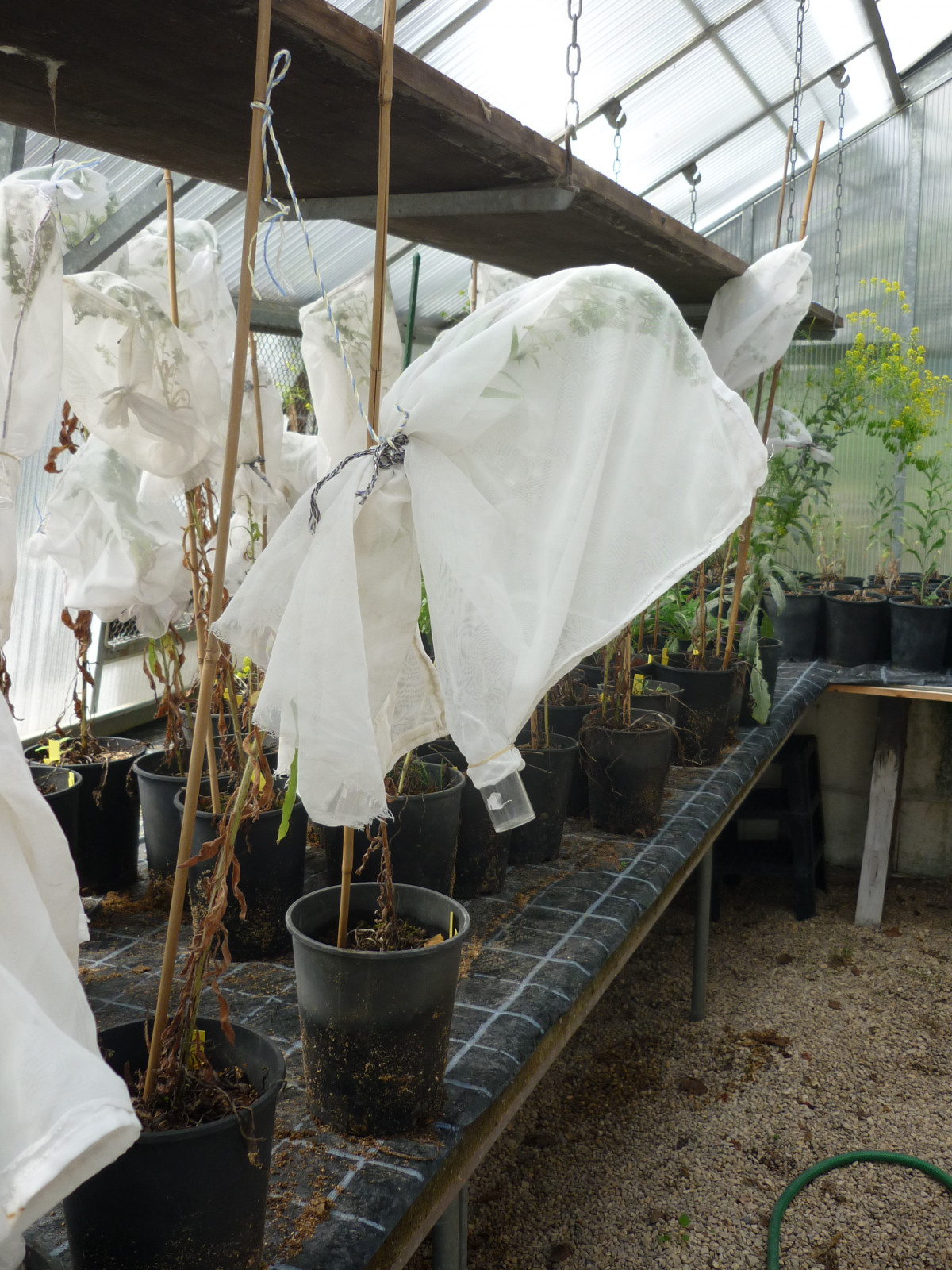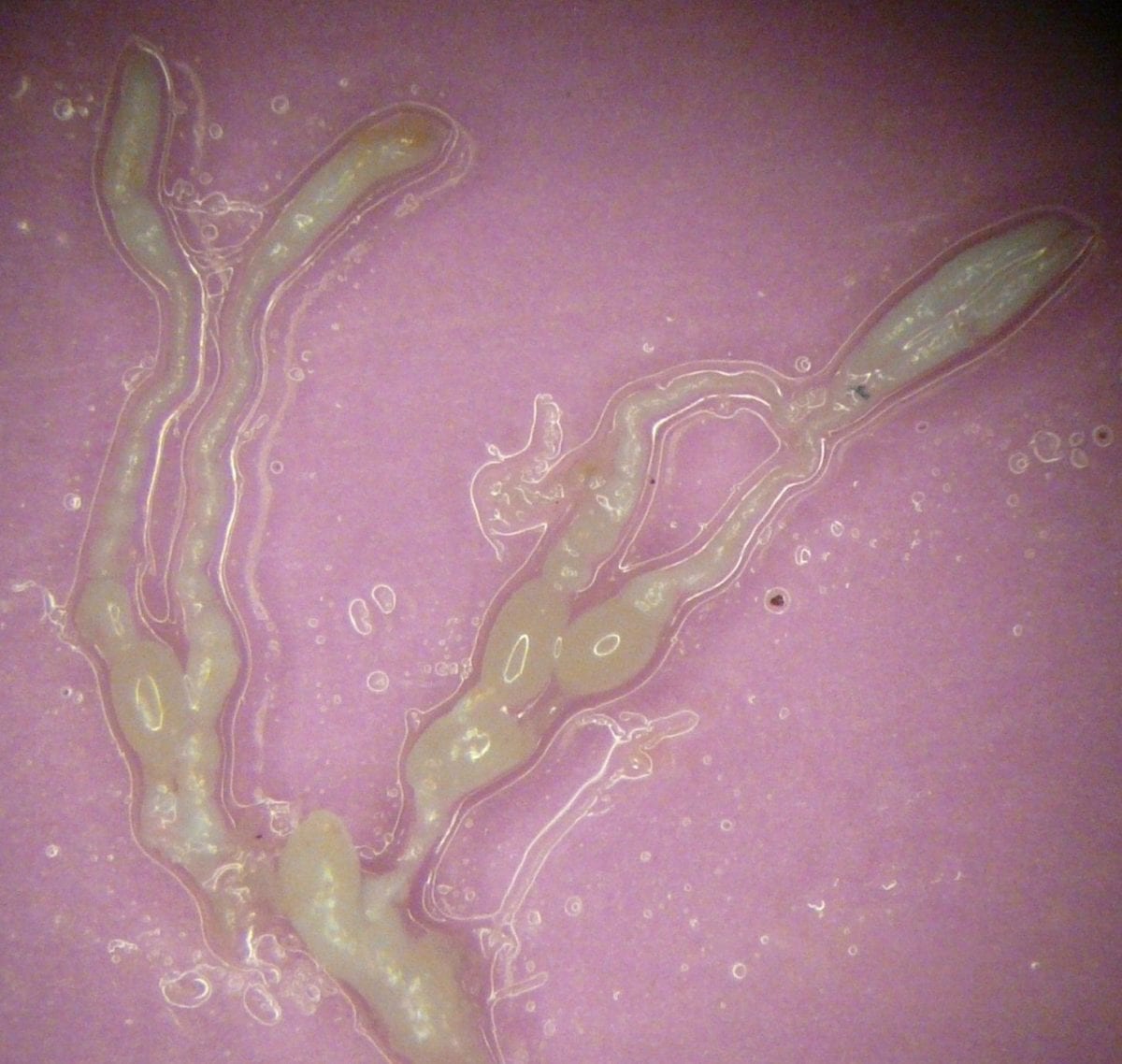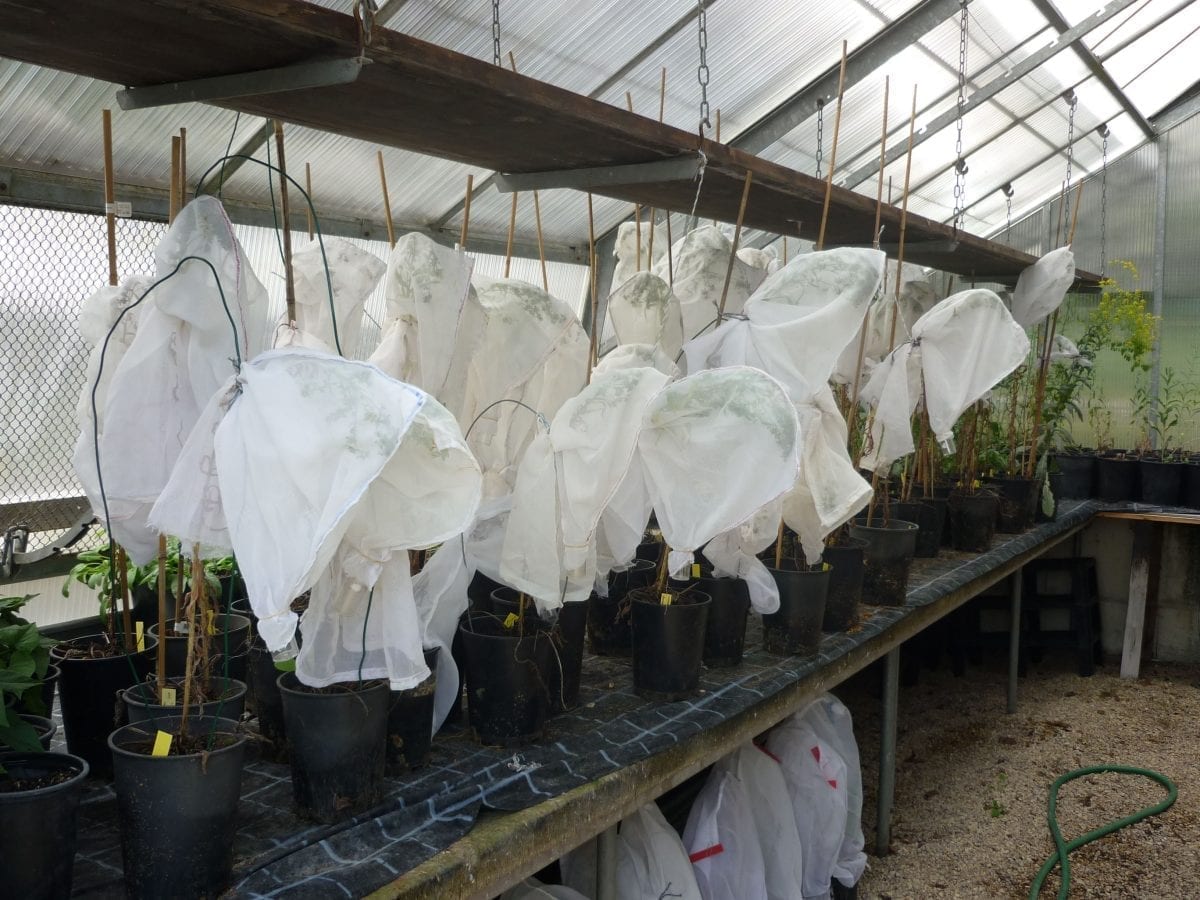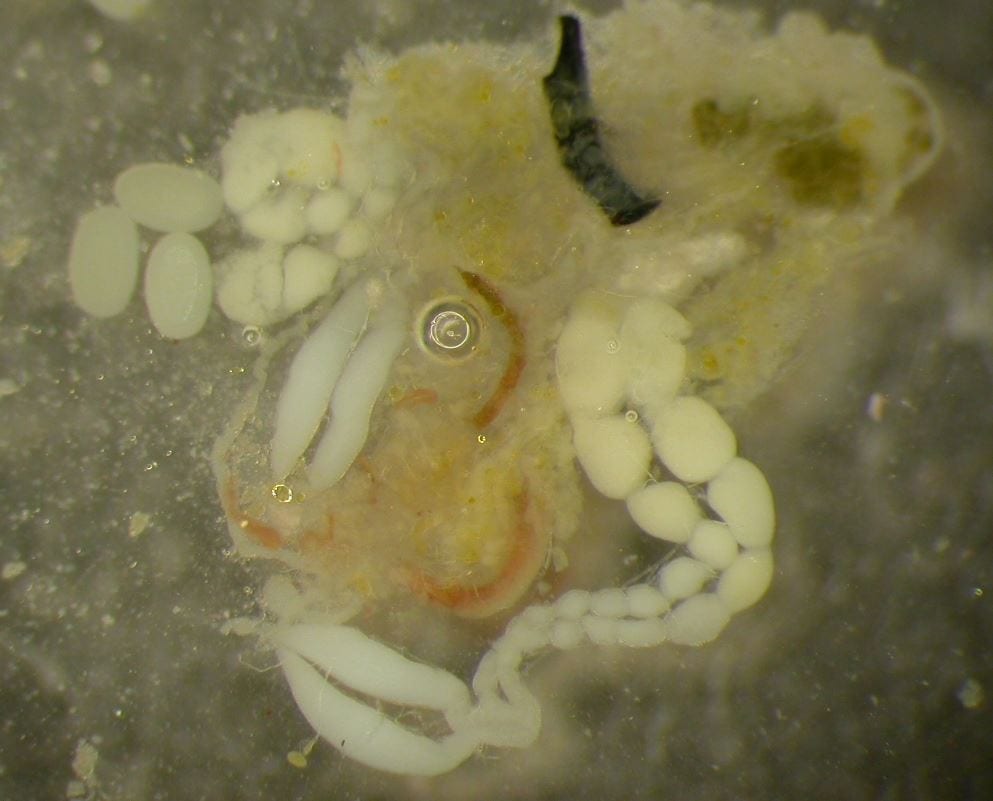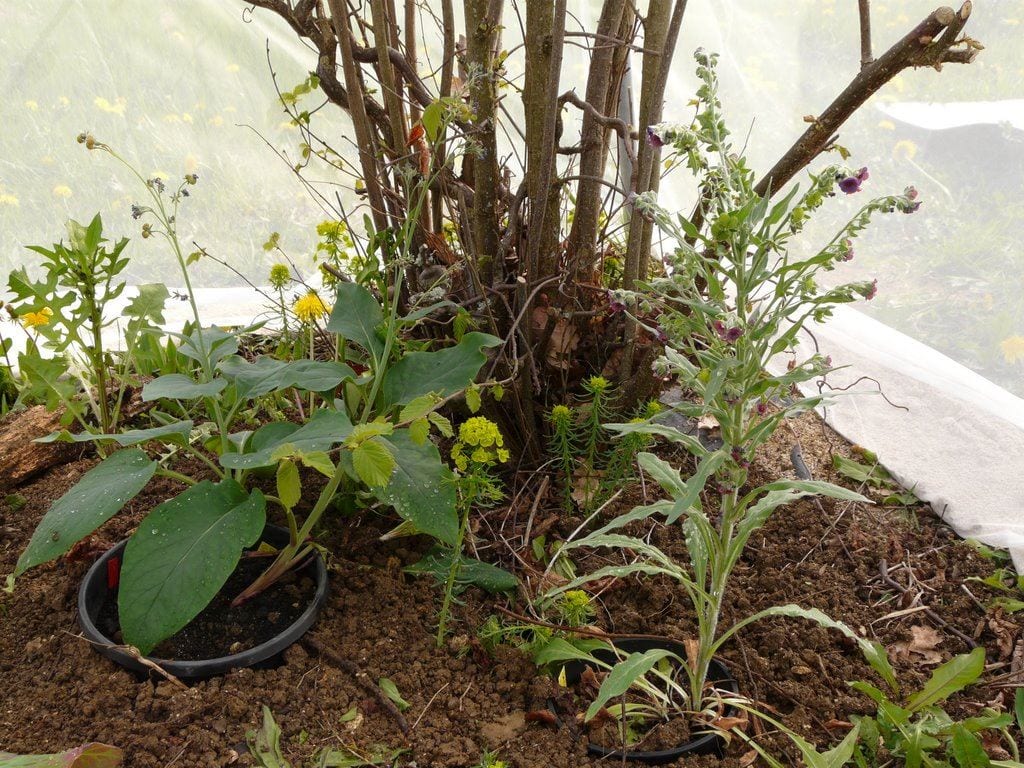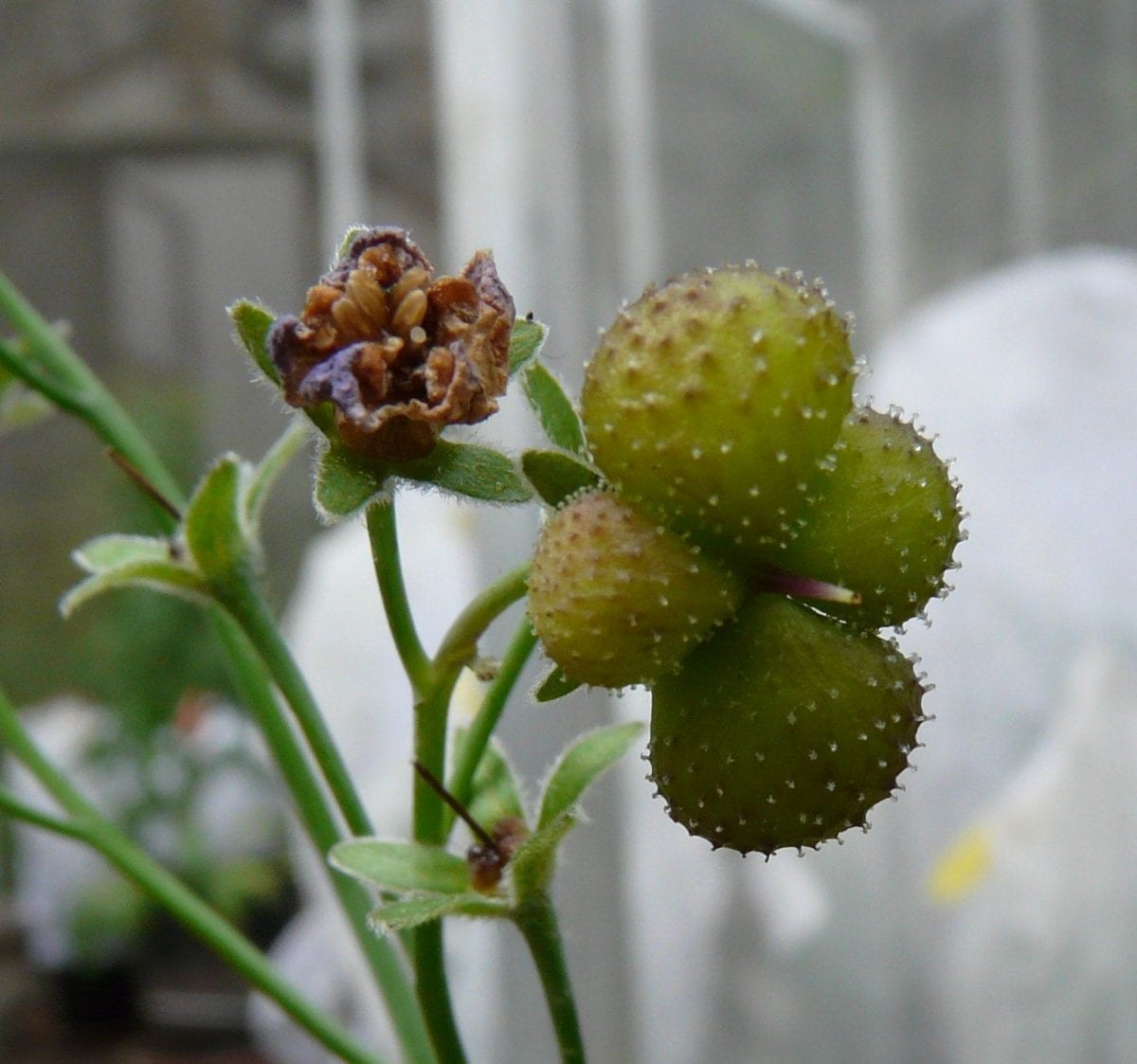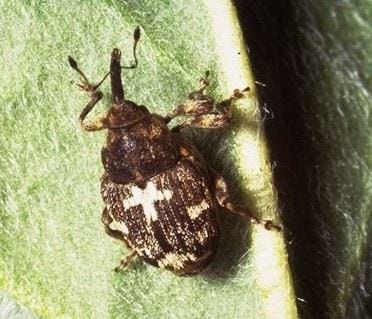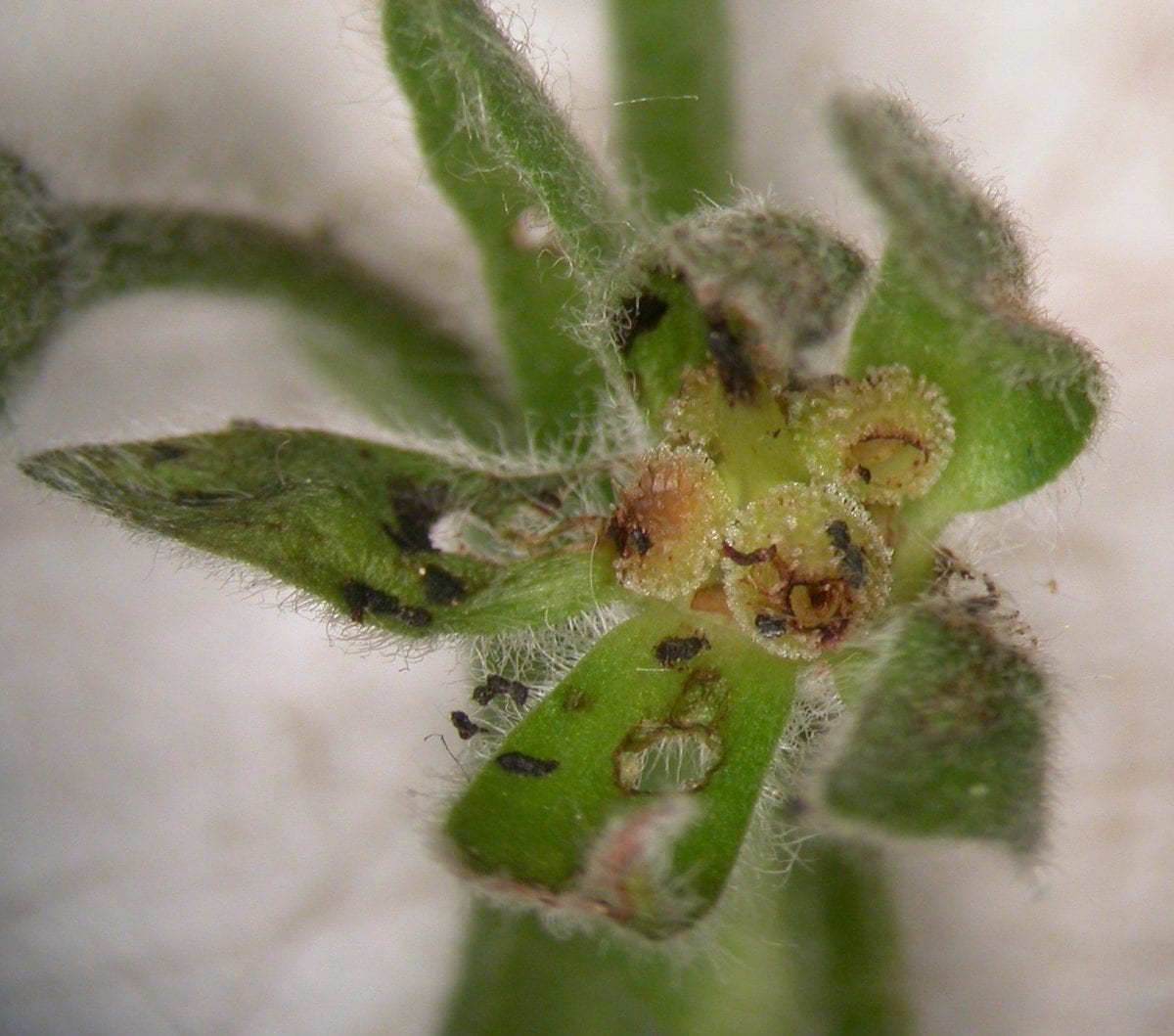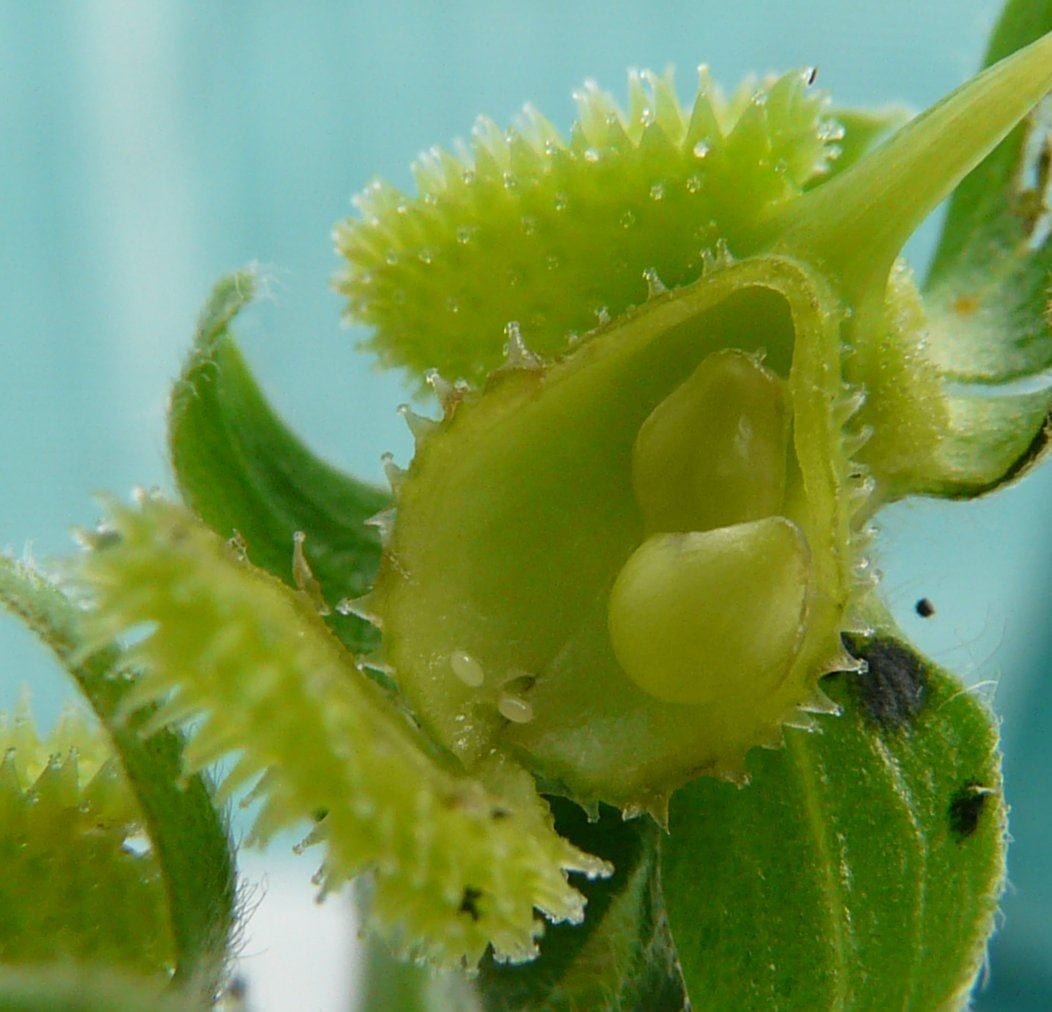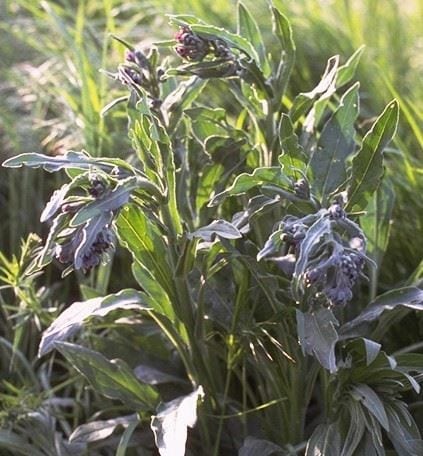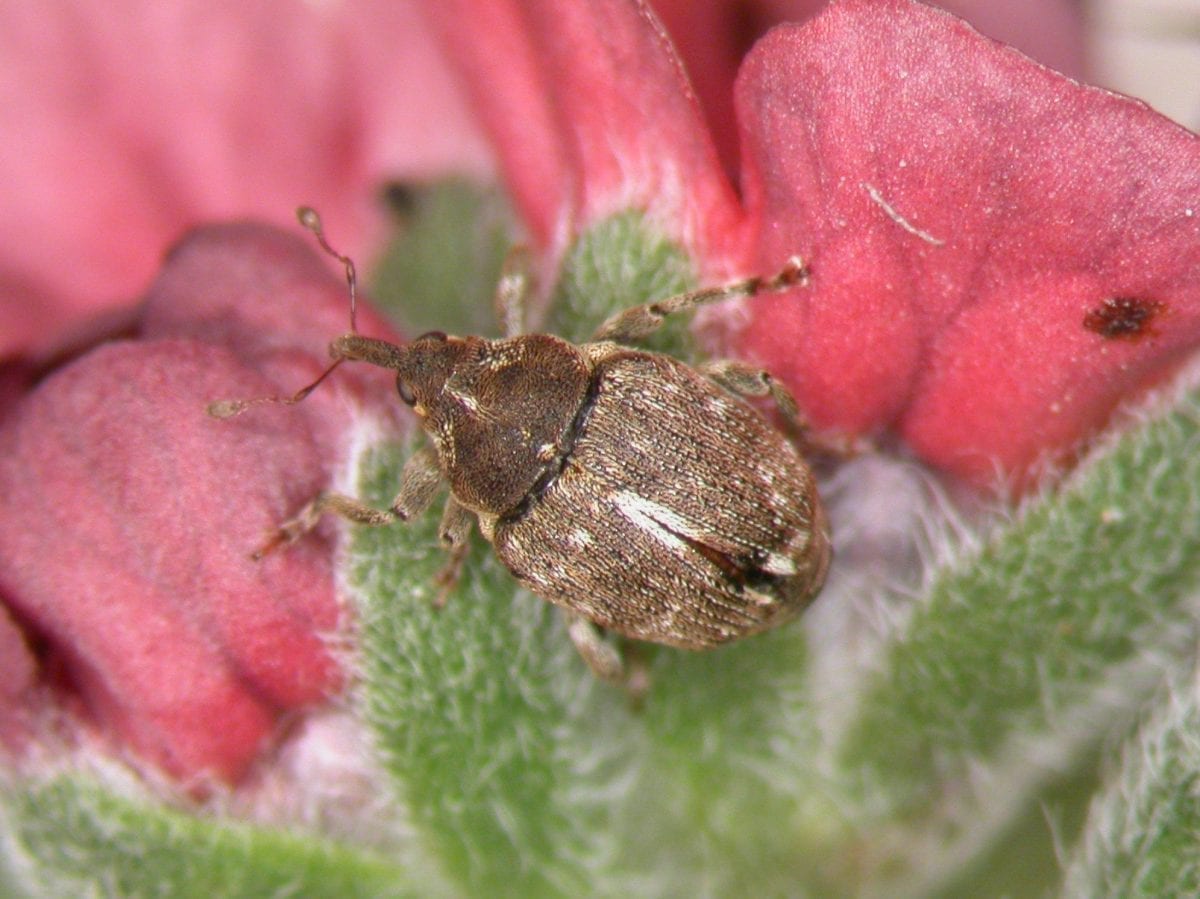Hope for biological control of houndstongue in the USA?
An invasive weed with close relatives among native species is a challenge for biological control. Houndstongue was introduced accidentally to North America from Eurasia in the mid-19th century. It has since invaded most Canadian provinces and adjacent US states. There are many native plants in the USA in the same family as houndstongue. CABI staff in Switzerland are investigating specialized natural enemies in the area of origin of the weed that could be introduced as biological control agents.
Project Overview
So, what’s the problem
Houndstongue (Cynoglossum officinale) is native to Eurasia and arrived in North America in the mid-19th century, probably as a contaminant of cereal seed consignments. It is now an invasive rangeland weed in nearly all Canadian provinces and adjacent US states. It poisons animals that ingest it and hinders the establishment of forage species in new pastures. Its barbed fruits become attached to cattle, causing irritation and potential market loss.
Chemical and mechanical management methods are neither practical nor economic for controlling large houndstongue infestations in pastures and forests. Biological control offers an alternative: one reason for the weed’s impact is the absence of the natural enemies that keep it in check in its area of origin. The challenge is to find natural enemies that attack houndstongue but do not damage related native plant species.
What is this project doing?
Staff from CABI’s centre in Switzerland have been researching opportunities for biological control of houndstongue on behalf of British Columbia in Canada, and the US states of Montana and Wyoming.
The ideal biological control agent is very specific and attacks only the target weed and a few closely related species. The specificity of a natural enemy reflects how closely its evolution has been linked to that of its host (how coevolved they are). Surveying in the area of origin of a target weed is a good way of finding coevolved natural enemies.
After carrying out a literature review and field surveys in southeastern Europe, we prioritized six insect species as potential biological control agents: four weevils, one flea beetle and one hoverfly. We then assessed their suitability to be introduced in North America.
The root-mining weevil Mogulones crucifer was released in Canada in 1997 and is showing impressive impacts in terms of reducing houndstongue densities. Doubts about its host specificity prevented its release in the USA where there are many more native species in the same plant family as houndstongue (Boraginaceae). So we are looking at other potential agents.
Results
We discarded four species – the flea beetle Longitarsus quadriguttatus, the weevil Rabdorrhynchus varius, the weevil Mogulones trisignatus and the hoverfly Cheilosia pascuorum – because they can attack several native North American species.
Currently, with the University of Idaho, we are concentrating on the seed-feeding weevil Mogulones borraginis. It is our most specific potential agent, developing only on the genus Cynoglossum. In laboratory tests, females laid some eggs on one native North American species, Cynoglossum grande. In field cages it was quite different: the native species was not attacked, even when weevils were placed directly onto plants. We also found that female M. borraginis cannot produce mature eggs if they feed only on C. grande. Work on the host-finding mechanisms at the University of Idaho confirmed that houndstongue is strongly preferred as a host plant by M. borraginis.
As houndstongue relies on seed for reproduction and spread, an agent that destroys seed could be useful, but only if it inflicts significant damage. We found that either adult feeding or larval mining halved houndstongue’s seed output, on average, with up to 89% of seeds destroyed.
Due to the specificity and potential for impact of M. borraginis, we were able to seek permission to introduce the weevil and in March 2020, the USDA Technical Advisory Group recommended release in North America. The next steps include a Biological Assessment by the USDA Animal and Plant Health Inspection Service and a federal document will be prepared for consultations with the US Fish and Wildlife Service. Once the weevil successfully passes these steps, the petition will go through further consultations with Tribal Nations and US states before an official permit is issued.
CABI continues to maintain rearing colonies of the weevil at CABI in Switzerland and in quarantine in the USA so we are ready to release once permission is given.
Project Manager


